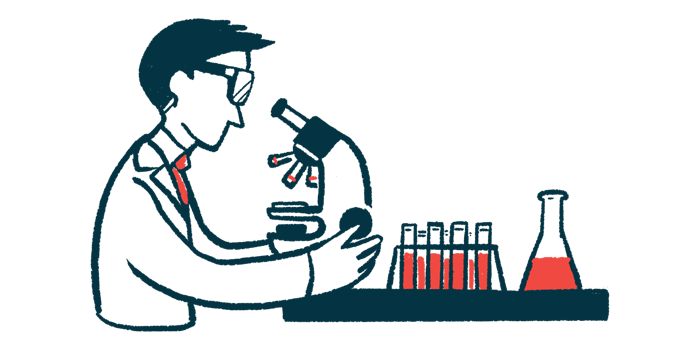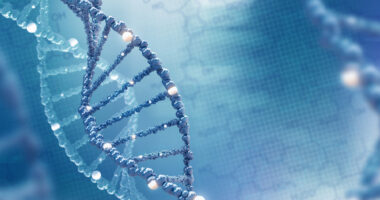Electrical Stimulation That Mimics Lifting Weights May Benefit DMD

Electrical muscle stimulation that mimics resistance training exercises improves muscle structure, function, and survival rates in a Duchenne muscular dystrophy (DMD) zebrafish model, a new study reveals.
“The longstanding consensus in the muscular dystrophy field is that minimizing resistance training preserves muscle strength and mass because it lowers the risk for muscle damage. However, our data suggest that a certain level of NMES-induced activity is actually beneficial for overall muscle health,” Elisabeth Kilroy, first author of the study, said in a press release.
The study, “Beneficial impacts of neuromuscular electrical stimulation on muscle structure and function in the zebrafish model of Duchenne muscular dystrophy,” was published in eLife.
DMD is characterized by progressive muscle wasting and weakness due to defects in dystrophin protein. Resistance exercise — which involves moving muscles against a force, lifting weights being an example —improves muscle strength in healthy people, but it’s not recommended for people with DMD because it can promote further muscle damage.
Neuromuscular electrical stimulation (NMES), which sends out electrical signals to stimulate specific nerve cells, causing muscles to contract, is used in sports medicine to strengthen and maintain muscle mass.
Past studies show that NMES is safe and effective to improve mobility in people with multiple sclerosis, and can improve muscle function in those with myotonic dystrophy and limb-girdle muscular dystrophy. However, NMES’ potential benefit and impact in DMD is unknown.
Since muscles in zebrafish and humans share similarities in structure and function, a team at the University of Maine investigated NMES therapy’s impact on disease progression in a DMD zebrafish model.
The scientists designed four regimens to mimic four types of weightlifting routines: endurance, hypertrophy (enlargement), strength, and power. Stimulating zebrafish with each type of NMES showed that they caused no significant immediate muscle damage. Each NMES type had different effects on muscle structure, with endurance and power improving it and strength and hypertrophy having detrimental effects.
Previous studies showed that the neuromuscular junction — the site where nerves transmit signals to the muscle causing them to contract — is impaired in Duchenne animal models. In this study, DMD zebrafish showed fewer neuromuscular junctions than healthy ones. Stimulating zebrafish with each type of NMES showed that endurance, hypertrophy and strength improved the number or length of neuromuscular junctions, but power had no effect.
Only endurance neuromuscular stimulation improved all three — muscle structure, swimming (as a readout of muscle function), and survival.
“eNMES [endurance] is defined by high-frequency, low-voltage pulses, which is similar to a high-repetition, low-weight workout that we would do in the gym,” said Kilroy, the director of neuromuscular observational research (MOVR) at the Muscular Dystrophy Association.
The scientists proceeded to determine the pathways contributing to endurance improvement of muscle structure and function. They found that heme oxygenase, an antioxidant protein, and integrin alpha7, a protein receptor essential for muscle cell structure, played a crucial part.
“We found that eNMES improves muscle and neuromuscular junction morphology [structure], swimming, and survival. Heme oxygenase and integrin alpha7 are required for eNMES-mediated improvement,” the researchers wrote.
The research suggests that the right type of resistance training exercises may be beneficial in DMD.
“I think the most exciting aspect is that we established a model for neuromuscular plasticity in healthy versus diseased muscle, and this model will allow us to elucidate mechanisms that could be the basis for potential therapeutics in the future,” Clarissa Henry, PhD, professor of biological sciences and the study’s senior author, said.







